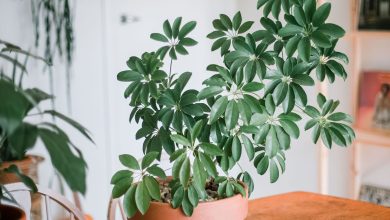Complete Guide to Plant Dracaena Marginata: How, When and Where to do it?
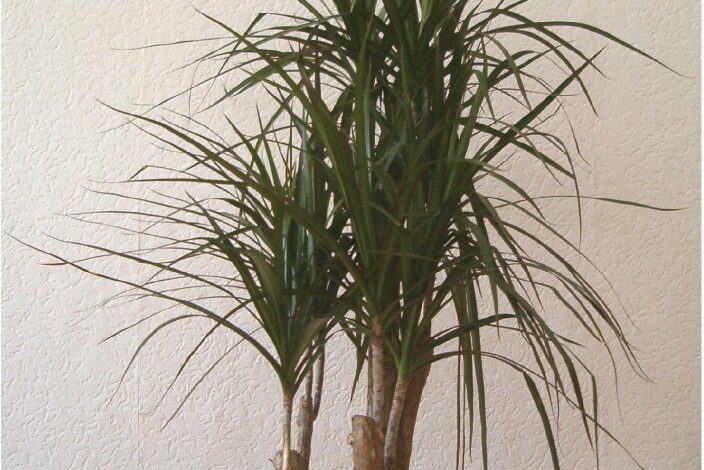
The Dracaena Marginata, also known as the Madagascar dragon tree, is an exotic houseplant, native to East Africa.
Due to its great resistance and easy maintenance, the marginata is one of the preferred plants for interior decoration thanks to its beautiful flowers.
Just place your seedling in a spot where it gets plenty of indirect sunlight, water every other day, and you’re good to go! Before long, its long, spiky leaves will begin to sprout, imparting a bit of natural beauty to any room.
Important Points when Planting Marginata:
- Where? Exposure to direct sunlight is not recommended. That’s why it works so well indoors.

- Growing time? The seeds take between 30 and 40 days to germinate.
- How do we prepare the land? They adapt to different soils, as long as they are rich in vitamins and minerals, and are well drained.
- How do we water? Avoid flooding the soil and water every three days.
- How do we sow? Here step by step.
- Plagues and diseases? Red spider, mealybugs, mildew, Fusarium oxysporum.
What do we need to sow dracaena marginata?
Where to plant dracaena marginata?
There must be aperfect balance between rain and sunfor the marginata to develop.
It supports direct sunlight, although it prefers indirect sunlight. Constant direct exposure dries out its leaves and causes stunted growth.
The optimum temperature is between 18 and 24ºC, with an ideal humidity of 30 to 40%.
How often should it be watered?
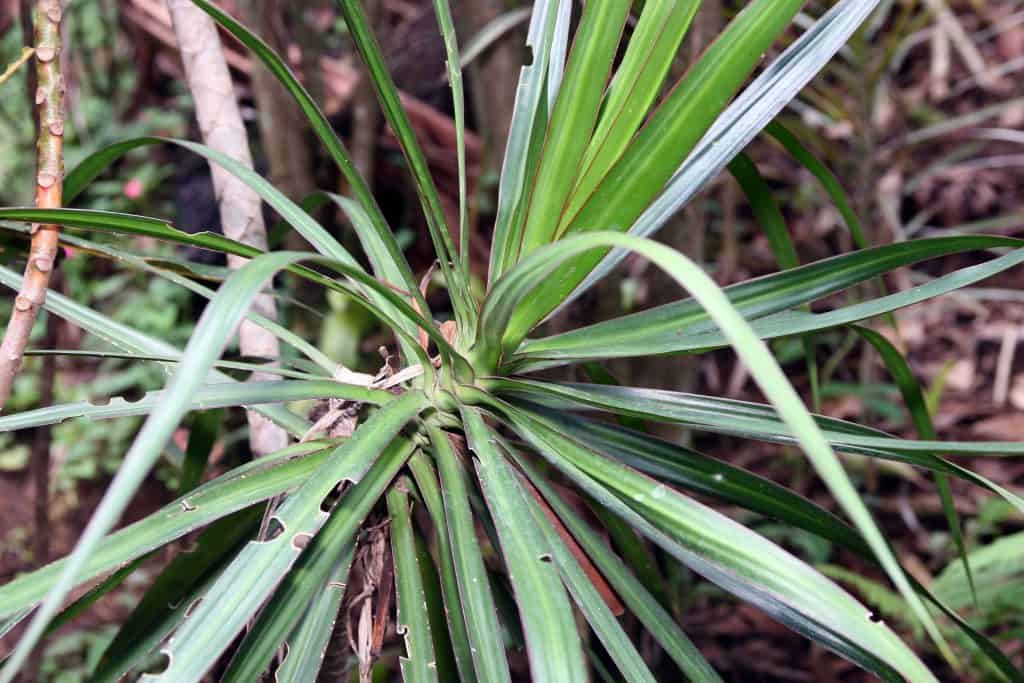 They are sturdy andThey do not require much risk to survive.During the growth period, it will be watered every 7 to 15 days, preventing the deep layers of the earth from drying out.
They are sturdy andThey do not require much risk to survive.During the growth period, it will be watered every 7 to 15 days, preventing the deep layers of the earth from drying out.
After this, it is enough to water your plant about once a week. In very hot times, watering can be every third day.
Does not tolerate waterlogging or excessive dryness,so drainage is essential to prevent root rot.
When watering, avoid wetting the foliage to avoid attacks by foliar fungi. Preferably, use a soil drench sprayer or drip irrigation system.
How do we prepare the land?
They adapt to different soils, as long as they are rich in vitamins and minerals, and are well drained. They do not grow on unfertilized land.
The pH must be between 6.5 and 7.0The excess of acidity causes chlorosis in the leaves, while the alkalinity induces deficiencies in the absorption of iron.
How to sow dracaena marginata step by step
Soak the seeds before sowing
Soak the seeds in fresh water for 3 to 5 days before planting. This will help its germination.
Prepare the pot
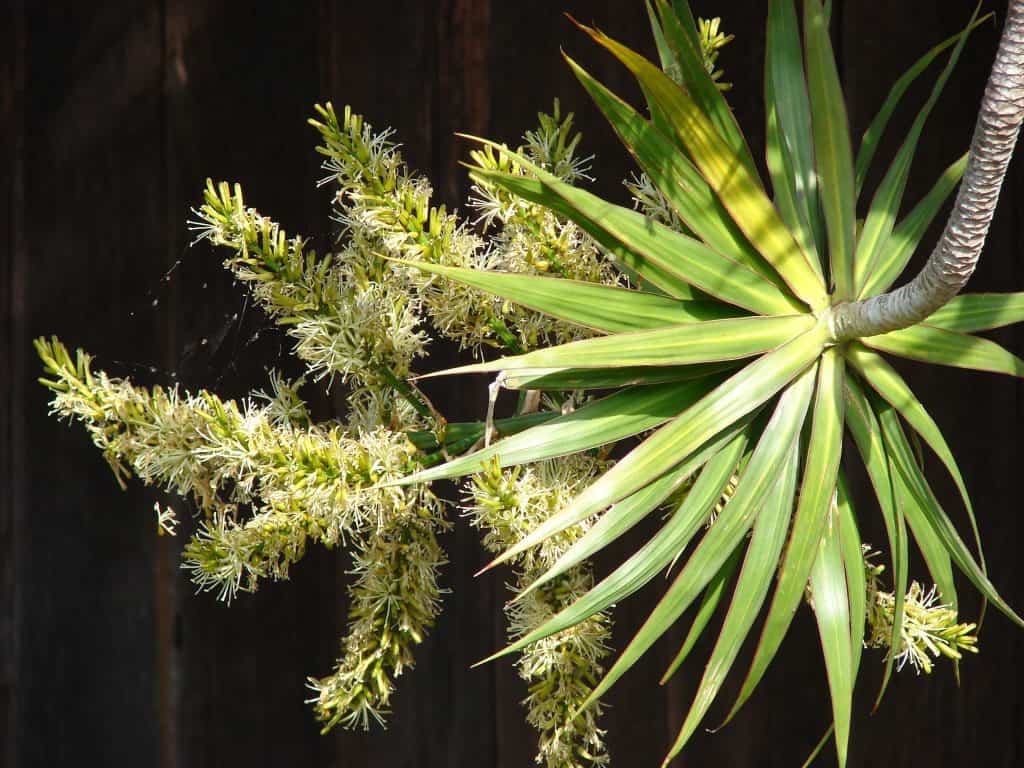 At first, get a small pot for the seeds to germinate. This will help hold the roots together, allowing the plant to grow longer, healthier, and faster.
At first, get a small pot for the seeds to germinate. This will help hold the roots together, allowing the plant to grow longer, healthier, and faster.
To fill it you can use a mixture of peat, topsoil and sand in a 2:1:1 ratio.
Another suitable substrate would be made up of three parts of peat and one of polyethylene to give it sponginess and drainage.
Avoid overfilling it. Preferably, leave between 7 and 10 cm below the edge of the pot.
Make sure that the pot you choose has holes in the bottom to facilitate drainage.
If you prefer to grow it outdoors, use a mix of garden soil, loam, and compost. Do not forget to remove the weeds and remains of previous crops and all kinds of residues to ensure that your marginata can develop properly.
Moisten the soil before sowing
This reduces the risk of expelling the seeds by the force of the water.
Enter the seeds
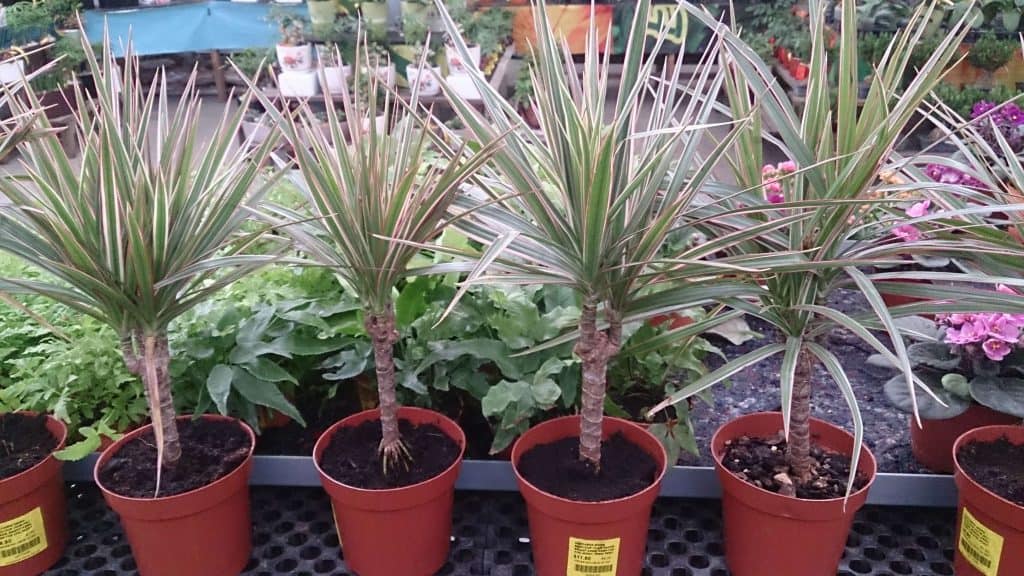 You should introduce them to a maximum depth of 1 cm, trying to cover them with a little mulch to conserve moisture.
You should introduce them to a maximum depth of 1 cm, trying to cover them with a little mulch to conserve moisture.
Water ensuring that the surface layers remain moist, but avoiding waterlogging.
While they germinate and until the seedlings grow strong, keep the seed tray in a shady and well-ventilated area, avoiding intense direct sun, to avoid evaporation of water on the soil surface, this helps prevent dry.
The seeds will germinate in 30 to 40 days.
Seedlings are ready for transplanting six months to a year after germination.
It is recommended that the potted plant be moved every one to two years, as needed. You will notice that the time is right when the roots start to get crowded and protrude into the soil.
fertilize the soil
Once a month, during the spring and summer, you can feed your marginata with a water- soluble plant food supplement. The extra nutrients will keep them healthy in hotter conditions.
In winter, foliar fertilizers with a calcium chelate should be applied, so that growth does not slow down due to lack of light or low temperatures.
Clean your plants regularly
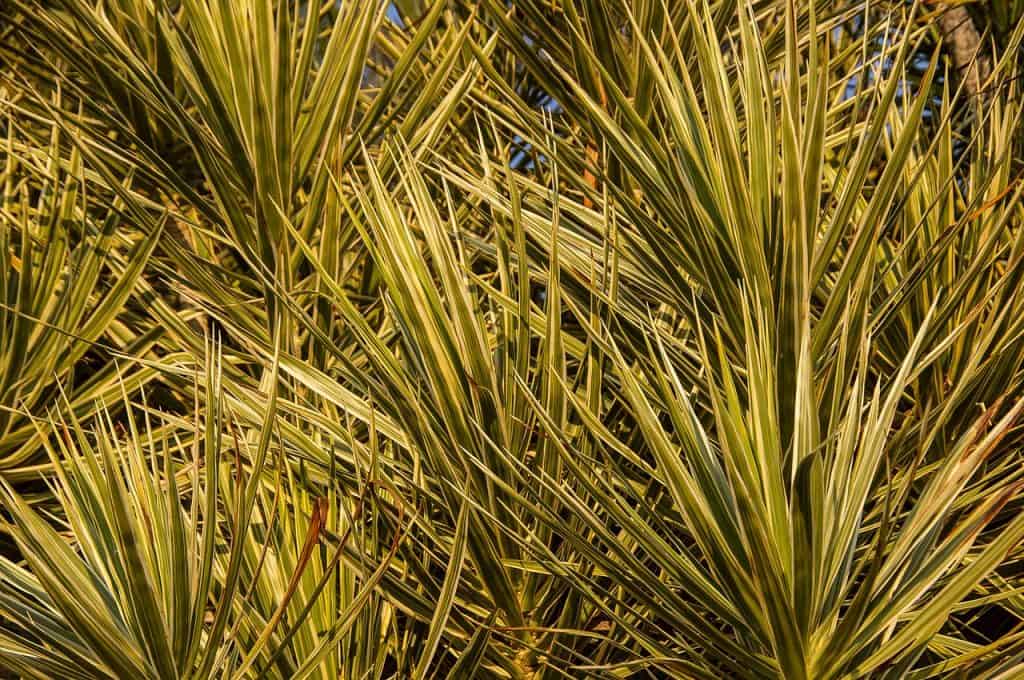 Clean the leaves with a damp cloth. This will help prevent the presence of pests such as spider mites, mealybugs and others.
Clean the leaves with a damp cloth. This will help prevent the presence of pests such as spider mites, mealybugs and others.
It also helps remove dust and dirt.
The dracaena marginata is not as delicate as its sister dracaena fragans massageana (Brazilian trunk).
Prune your marginata
When the plant has reached its actual size— approximately 4 meters tall —you may notice that the leaves near the bottom of the cane turn brown and dry or wilt. This is normal, it is the way it sheds foliage in preparation for new growth.
To learn more, you can see: Drácena marginata cuttings in water.
How to prune your dracaena marginata
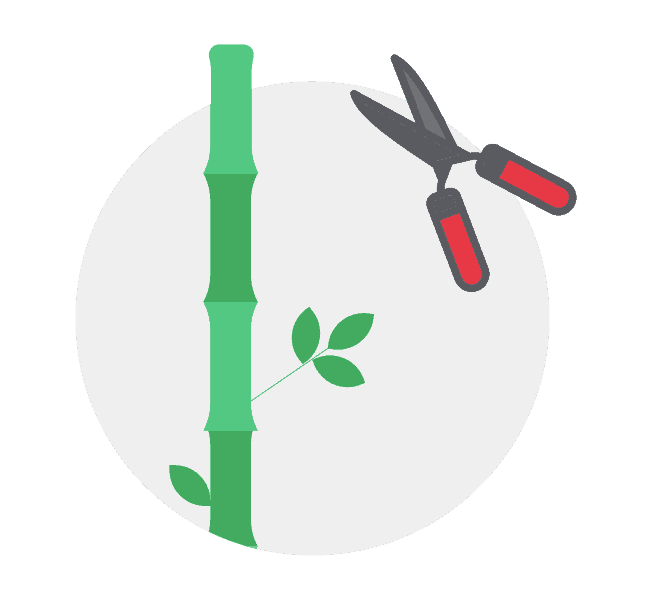 The marginata loves to grow in all directions, so from time to time it requires a little help to stay fit and healthy.
The marginata loves to grow in all directions, so from time to time it requires a little help to stay fit and healthy.
In the wild, they tend to shed the lower leaves as the tips grow skyward. If that’s the look you want, you can leave them on. But pruning, in addition to being aesthetic, also helps to strengthen the growth of new plants.
Some things to keep in mind when pruning your marginata:
- It is best to prune them in spring and summer, since autumn and winter enter their rest period.
- Make sure the tool you’re making the cut with is clean and sharp. You want to get as precise a cut as possible to prevent your plants from getting infected.
- If you want to cut cuttings, make a cut at an angle. Put them in water immediately.
- Don’t be afraid to prune your marginata. Pruning is necessary.
- If pruning stimulates growth on the canes you pruned, thin them out a bit. You can easily cut off the heads.
Pests and diseases of marginata
Some of the most common pests and diseases that affect marginata are:
Red spider
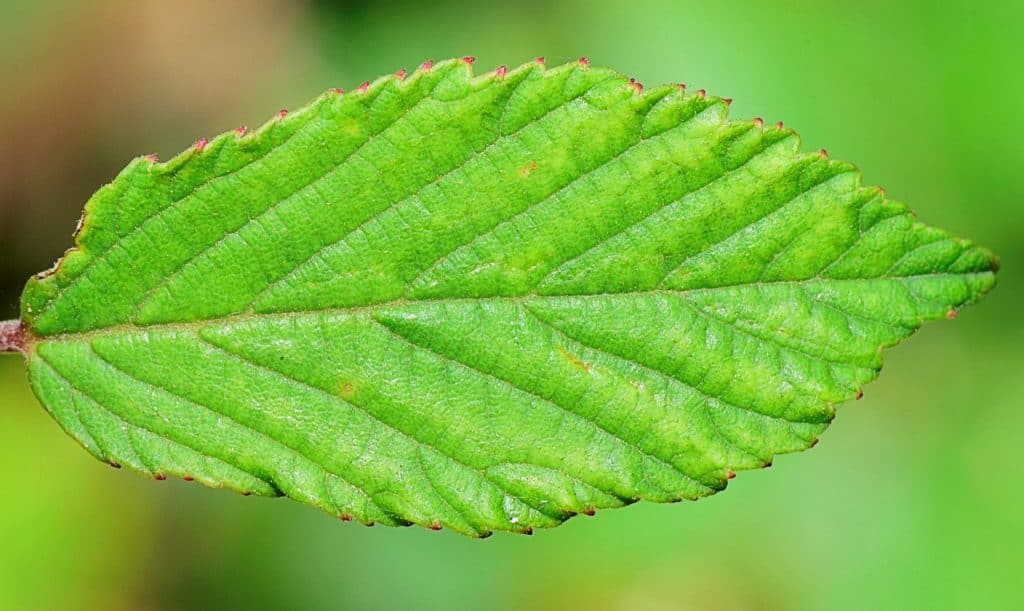 It is recommended to avoid substrates with excess nitrogen and to monitor crops during the early stages of development. In fairly dry climates it is recommended to water crops at night to maintain moisture.
It is recommended to avoid substrates with excess nitrogen and to monitor crops during the early stages of development. In fairly dry climates it is recommended to water crops at night to maintain moisture.
Another recommendation is disinfection prior to planting in plots with a history of red spider mite to ensure that there are no eggs left.
To combat an infestation, an extract of garlic and chili can be applied, although if the plant is very affected, it is best to eliminate it to prevent it from spreading to other plants.
Biological control can be carried out through its natural enemies. The main predatory species of spider mite eggs, larvae and adults are other species of mites such as Amblyseius californicus and Phytoseiulus persimilis. The Feltiella acarisuga mosquito is also a fairly effective predator.
Mealybugs
They are one of the most difficult pests to control, since their body is covered with white waxy excrescences, chemical treatments are not very successful. For the same reason, for its control, it is convenient to locate this plague in its first stages, since as they lack a shield, they are easier to fight.
If the incidence is severe, neem oil sprays or potassium soap should be sprayed.
For the biological control of this pest, natural predators such as Rodolia cardinalis or Cryptolaemus montrouzieri are used. The release is done 15 days after any treatment, periodically, in spring or early summer.
Fusarium oxysporum
For its prevention, it is recommended to rotate crops to reduce the presence of the pathogen in infected soils. It is also advisable to remove infected plants and crop debris. The best way to prevent the disease is to use resistant varieties, as well as healthy seedlings and certified seeds.
Mildew (Phytophthora infestans)
For its prevention, it is recommended to remove the plants that have already been affected by the disease and to make an adequate management of ventilation and irrigation. It is also recommended to use healthy seedlings.
Where can I buy this plant?
We always recommend going to a nursery in the town where you live. This way you can be advised by professionals.
In case you don’t have one, you can also buy the dracaena marginata on Amazon:
Dracaena Marginata – Pot 17cm. – Height approx. 80cm – 2 Trunks – Live plant – (Shipping only to the Peninsula)
- Indoor panta very resistant and decorative.
- Suitable for places with low light.
- Place it preferably near a window.
- Little irrigation. Water abundantly once a month.
€19.80 View on Amazon Prices with VAT without transport
Last updated on 2022-07-28 / Affiliate Links / Affiliate API Images
Dracaena Marginata – Pot 20cm. – Height approx. 1m – 3 Trunks – Live plant – (Shipping only to the Peninsula)
- Indoor panta very resistant and decorative.
- Suitable for places with low light.
- Place it preferably near a window.
- Little irrigation. Water abundantly once a month.
€28.90 View on Amazon Prices with VAT without transport
Last updated on 2022-07-28 / Affiliate Links / Affiliate API Images


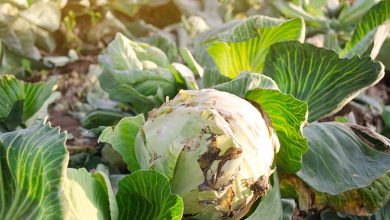
![Photo of Spray Plants with Vinegar: [Effects, Application and Utility]](https://www.complete-gardening.com/wp-content/uploads/2022/08/spray-plants-with-vinegar-effects-application-and-utility-390x220.jpg)
